
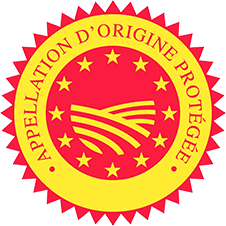
History of Herve cheese PDO
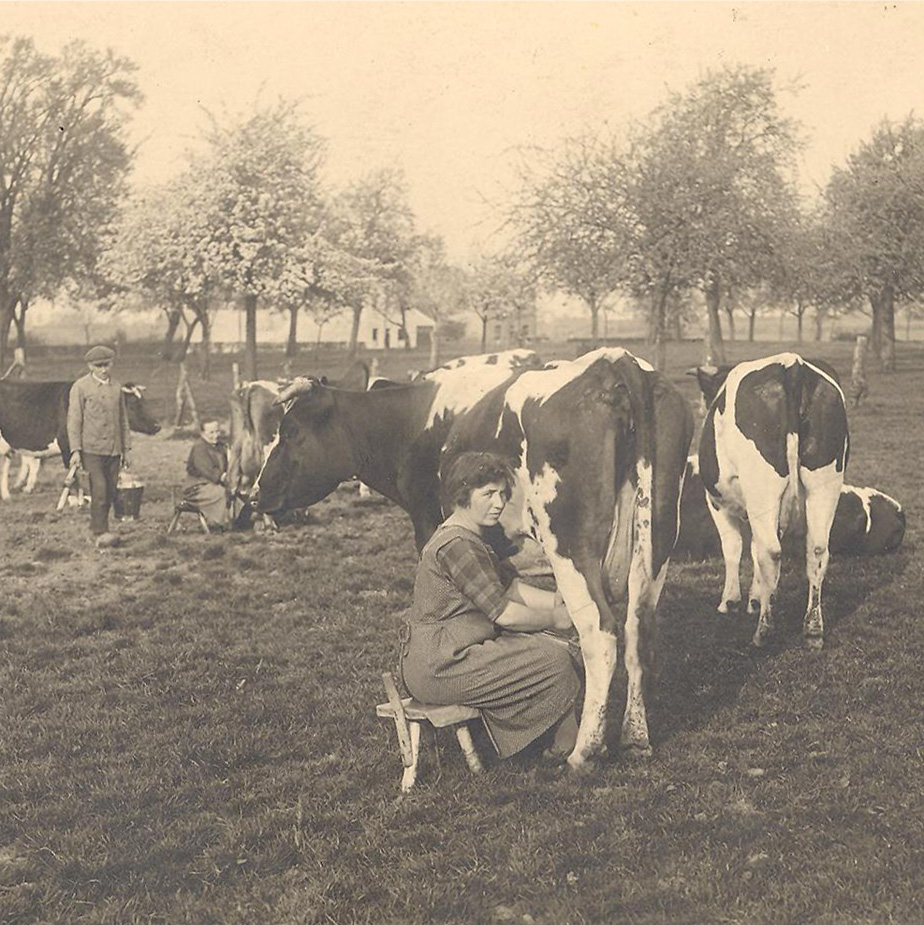
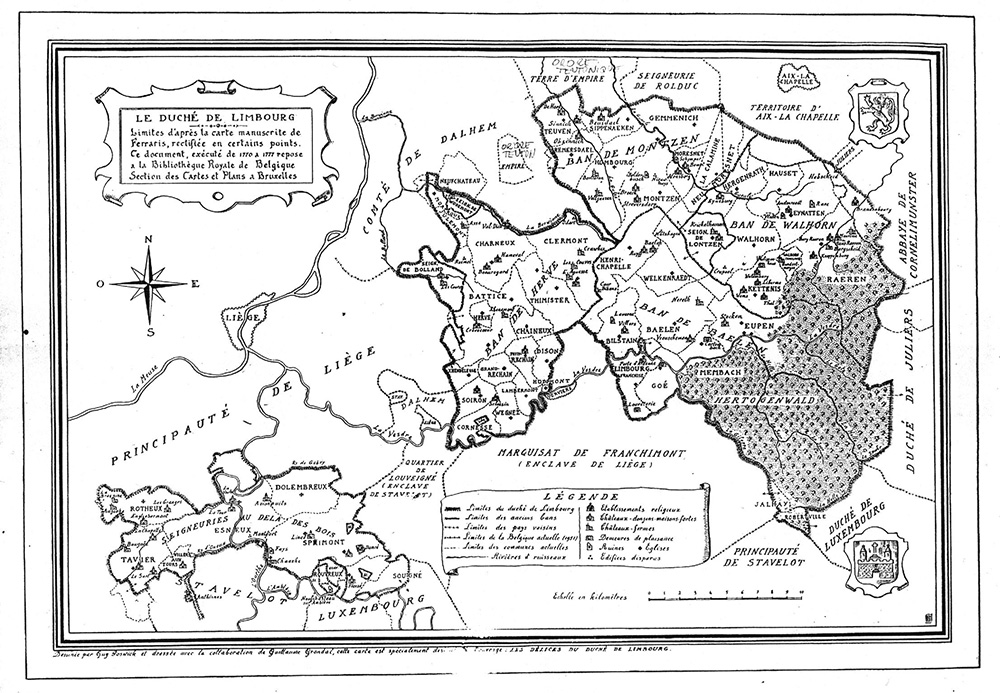
over 8 centuries
Thanks to a variety of sources, including the “Romance of the Rose” by Jean Renard in 1230 and a study done by Professor Remacle of the University of Liège, we know that the tradition of Herve cheese dates back more than 8 centuries.
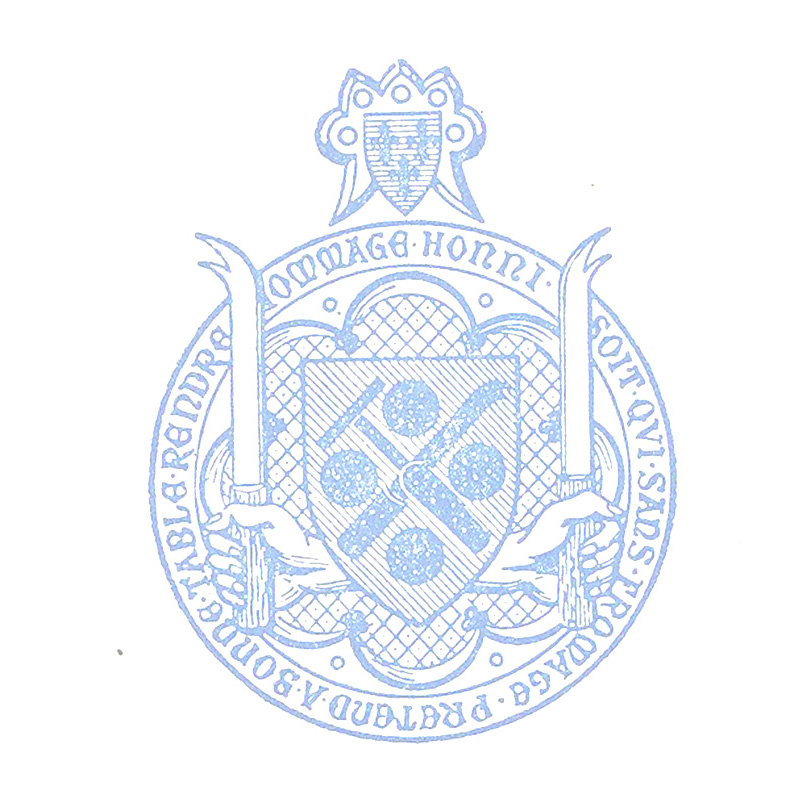
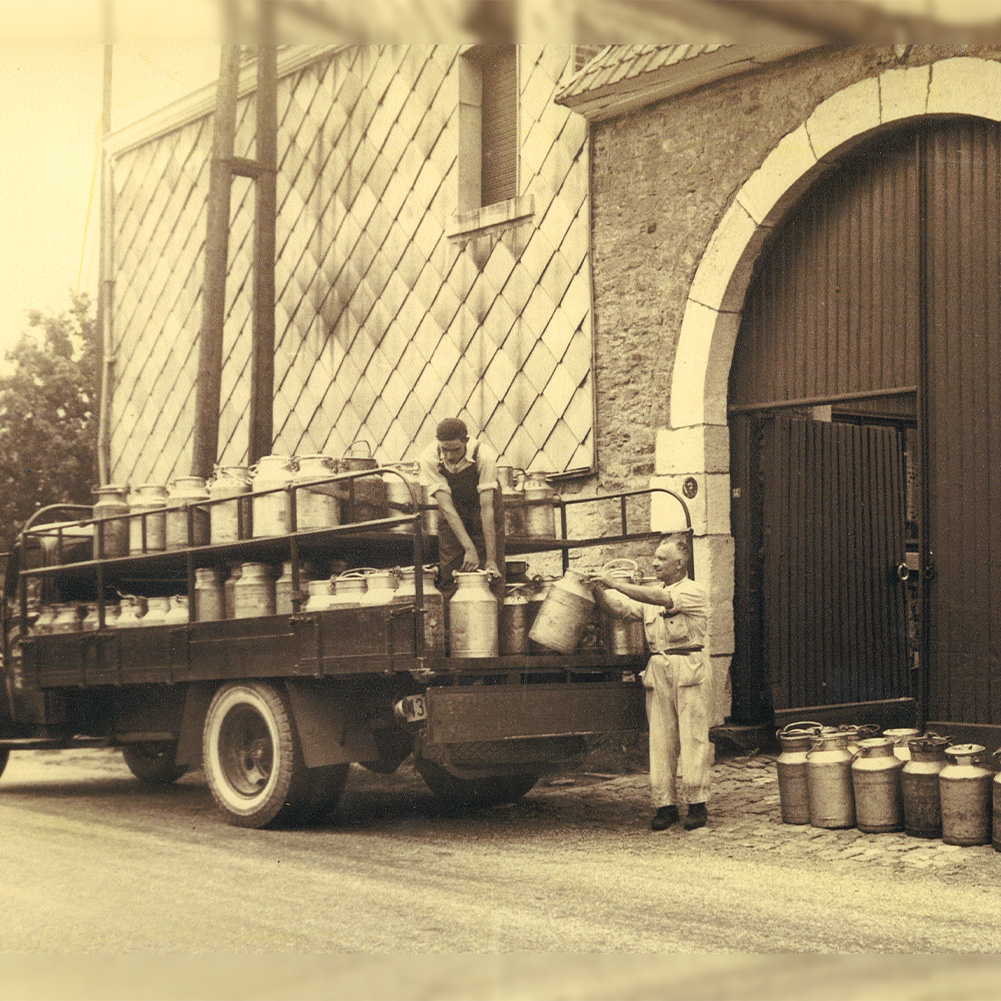
16th century
In the 16th century the exportation of wheat in the region of the Herve plateau was forbidden by an edict issued by the Emperor Charles V. The many peasants of the region, no longer able to export their crops, converted to dairy farming by transforming their agricultural land into pastures. As means of communication were difficult, the peasants had to find a product that took a long time to ripen, so they could transport it to sometimes distant destinations.
And so, they made “Herve” which, at that time, was also used as currency. We know for sure that, in the villages, houses were sold against a payment of a rent of Herve butter and cheese. In the 17th century, Herve was a princely gift, offered to, among others, occupying officers to win their good graces. This demonstrates the existence, quality and commercial value of these historical cheeses.
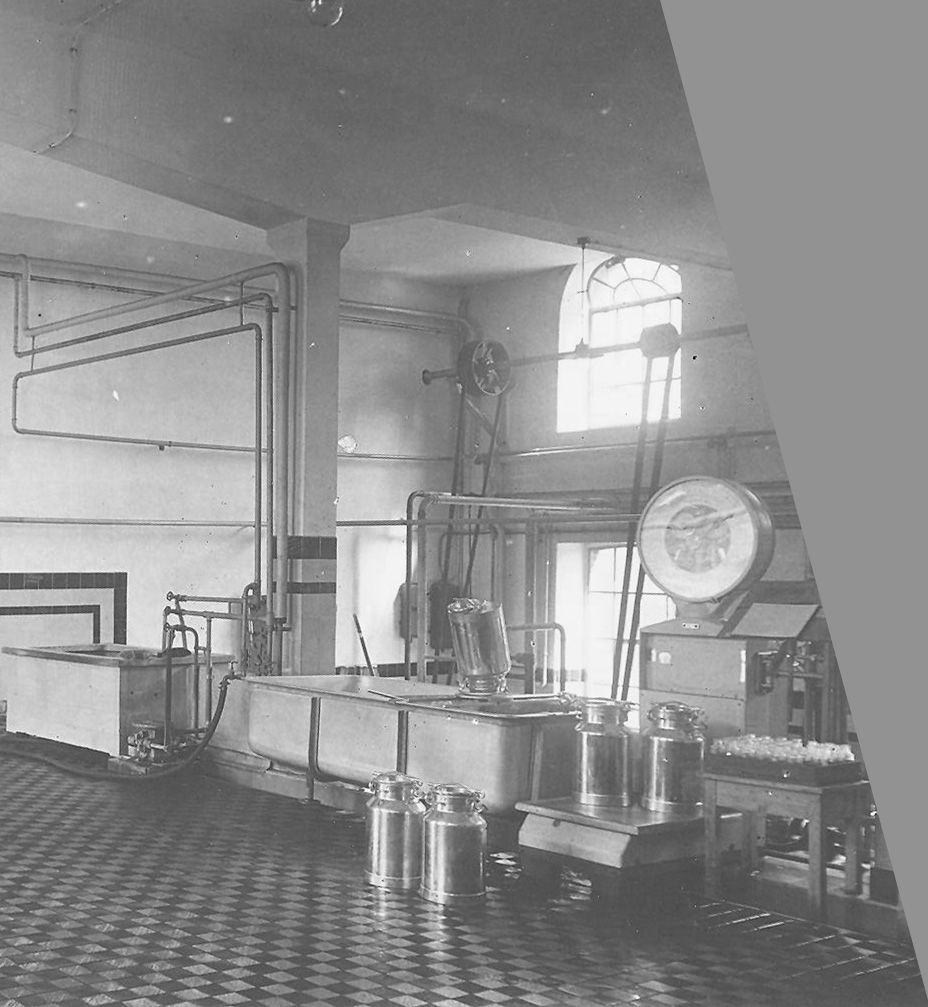
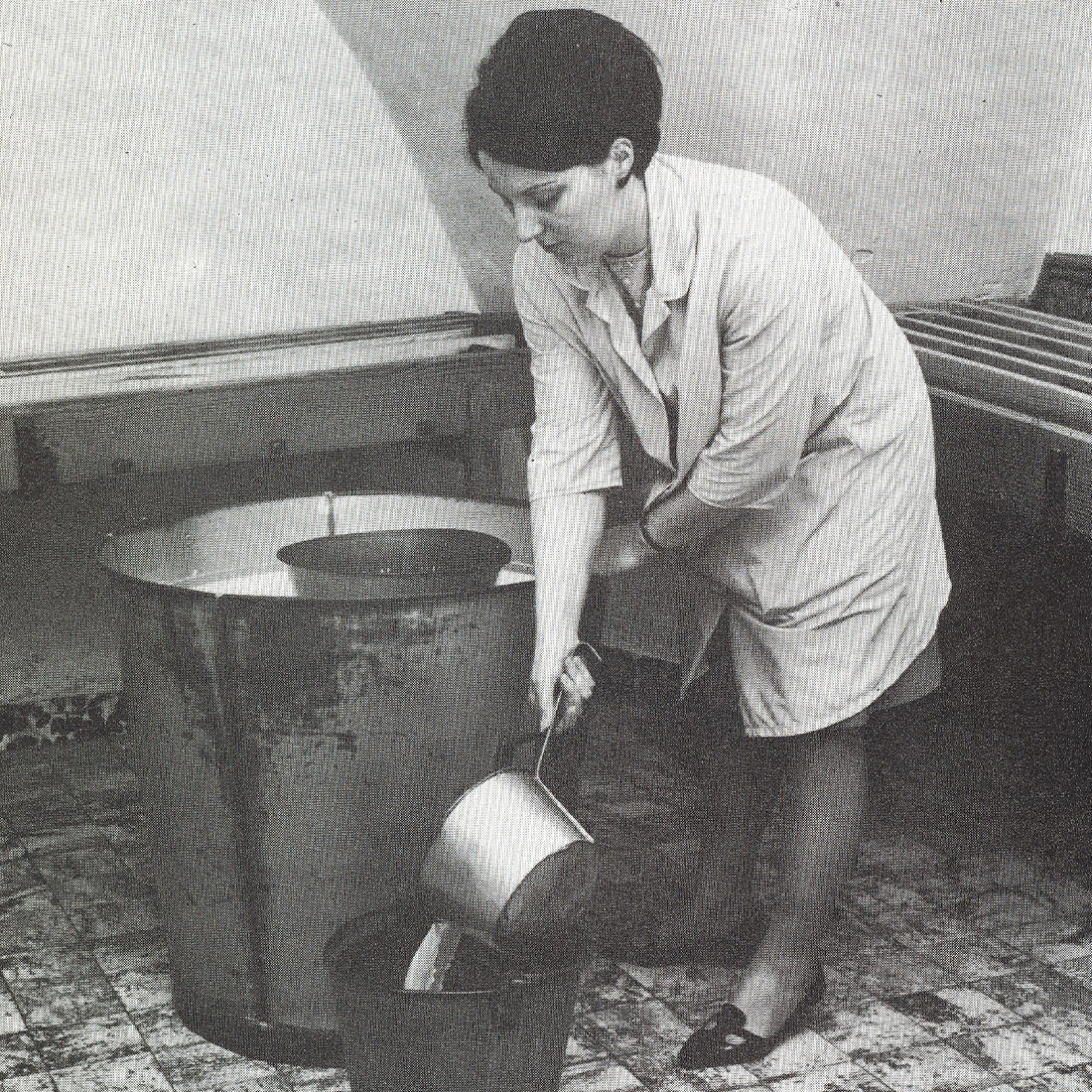
18th century
At this time, our ambitious cheese travelled outside its frontiers. Herve was sold in Alsace, in Lorraine and even in Burgundy, where merchants arrived with carts full of cheese and returned with merchandise and wines which were then sold in the region’s markets.
In spite of taxes, road tolls and other charges, merchants sold more and more Herve cheeses.
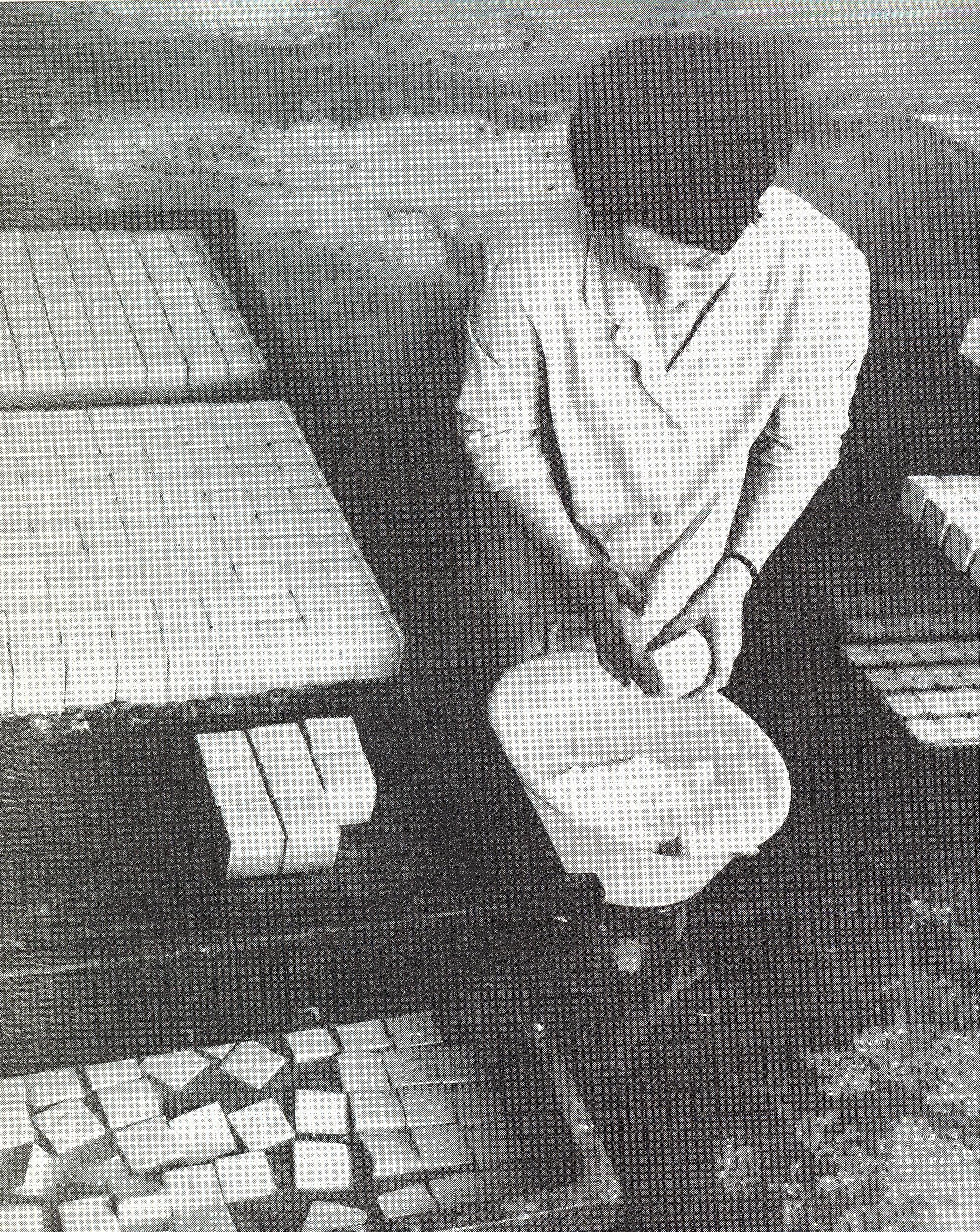
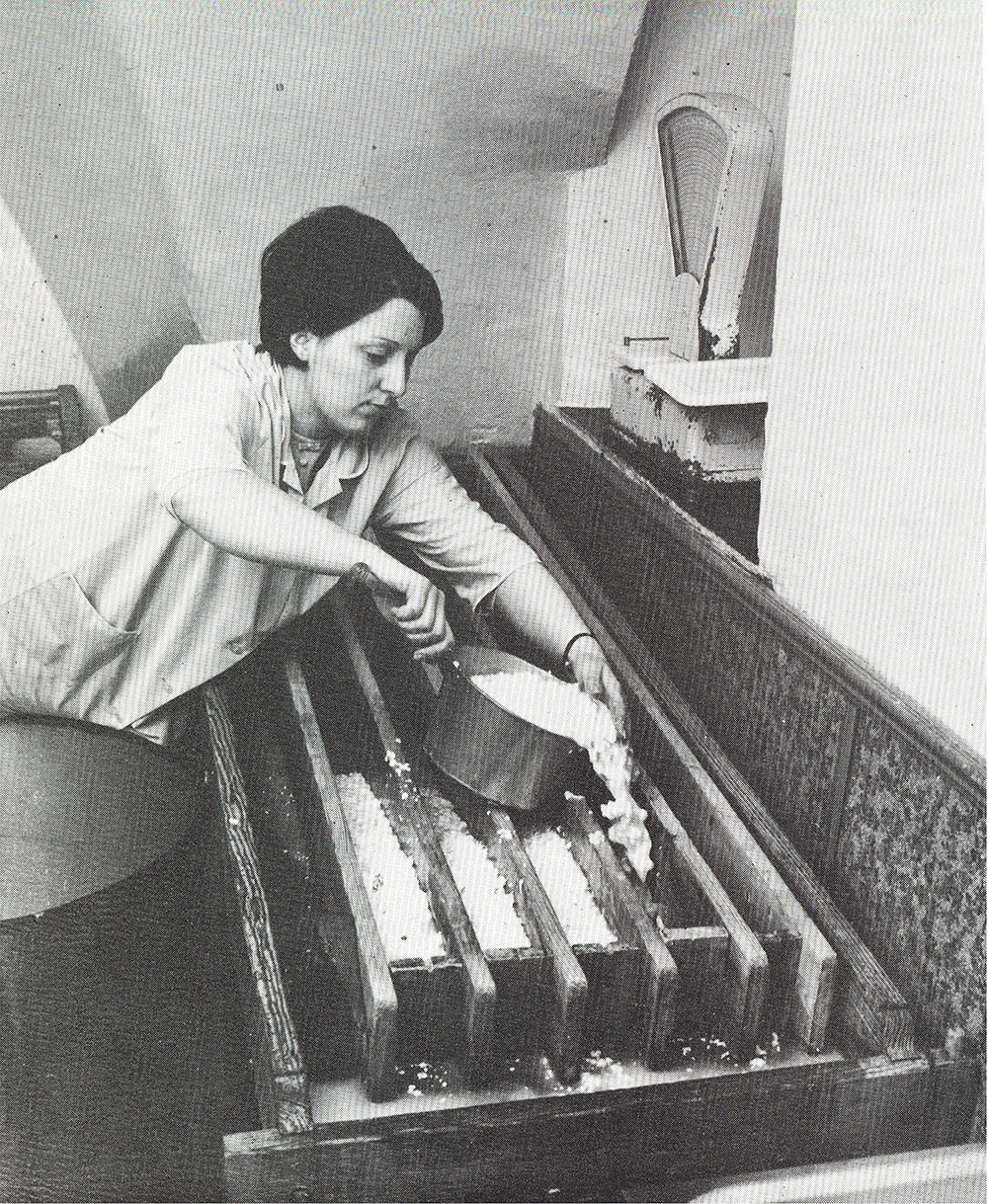
19th century
During the 19th century, manufacture of Herve Remoudou began, using creamy milk: “on n’moudève nin les vaches fou” (Walloon dialect) = don’t fully milk cows on the first milking. This practice meant hiding from the ever-vigilant tax authorities the true quantity of the milking, thus avoiding taxes! An initial milking only removed a part of the milk from the cow’s udder. A second person discreetly carried out a second milking (“rimoude” in Liege Walloon dialect). This second milking produced a rich and creamy milk. So that’s where the name “Remoudou” came from, in the same way that French Reblochon cheese was created, with milk from a second milking (“blocher” means “to milk” in the dialect of that region).
Several attempts to produce Herve cheese in other regions seem to have failed. The climate, the particular nature of the pastures, a specific microflora and the know-how of the producers are irreplaceable advantages linked to the region. In addition, Herve owes its inimitable flavour to the presence of a bacterium specific to the Pays de Herve: brevibacterium linens.
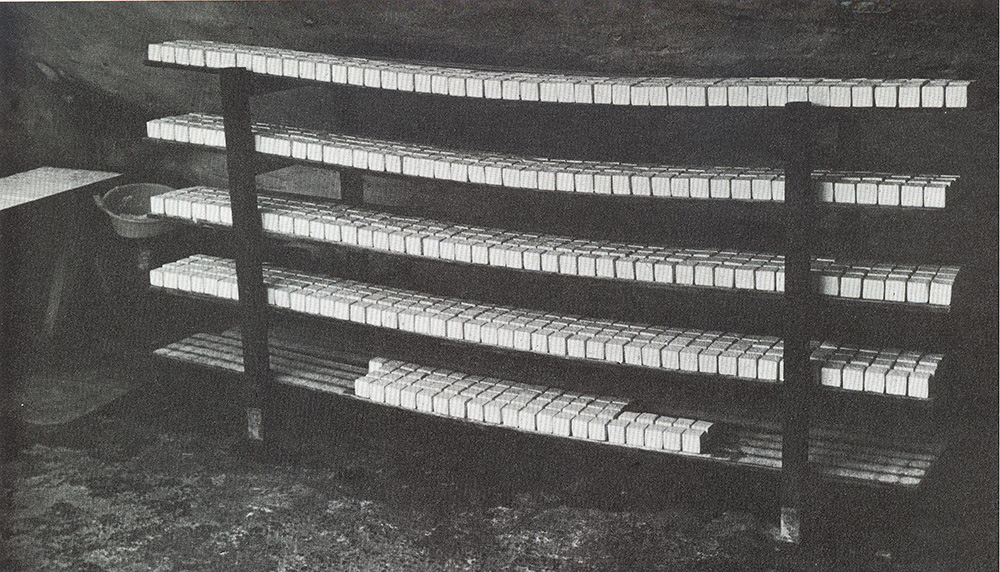
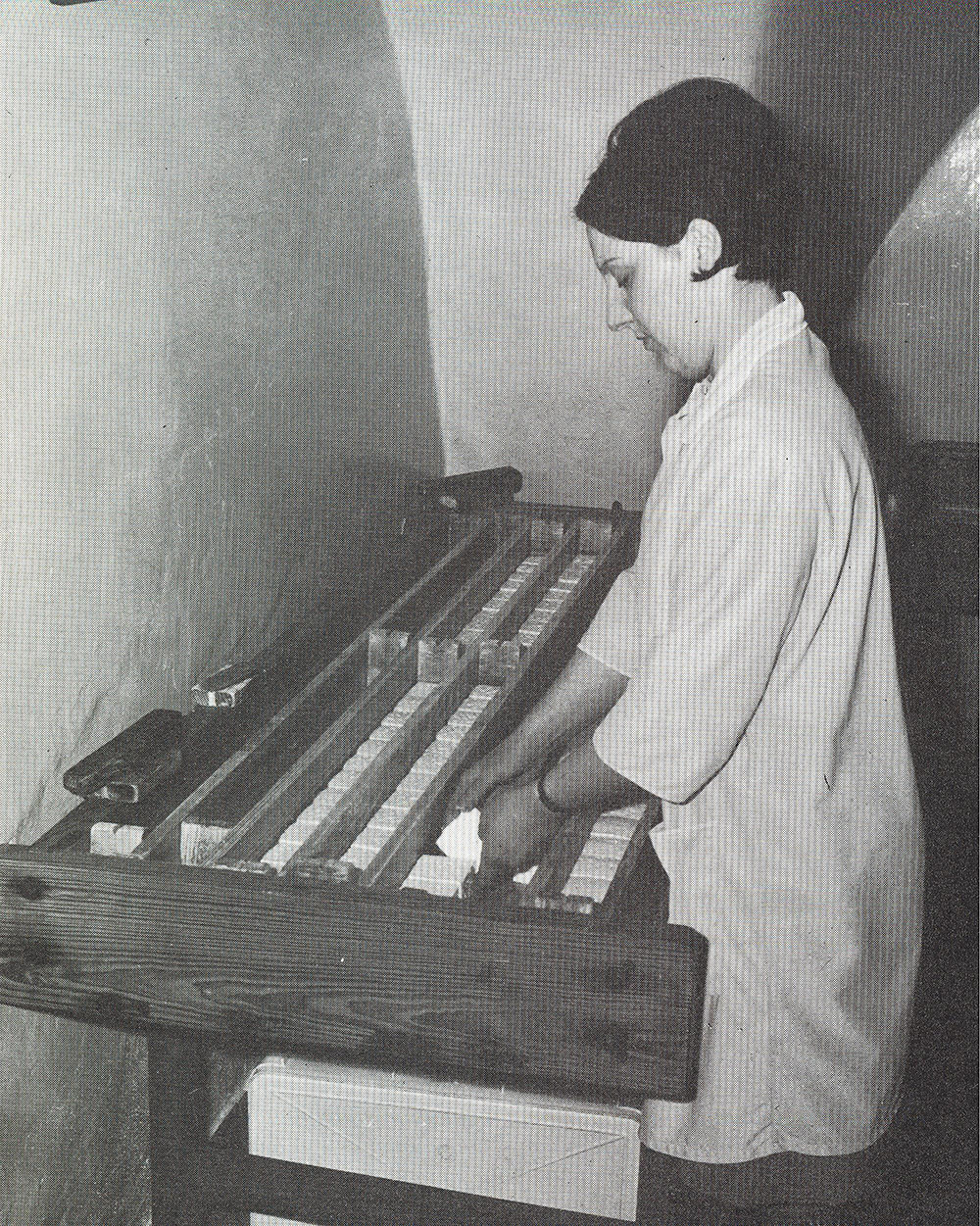
Today
This remarkable tradition has continued from generation to generation until today. In the 1960s, there were about 500 producers of Herve. The changing face of agriculture, the size of farms, milk revenues, the harshness of the daily work of production and ripening the cheeses in low, damp cellars – work which had been taken on by the farmers’ wives, and the standards put in place all signalled an end to the production of Herve in the farms. The model of production on farms and resale to cheese makers for the ripening and distribution of these famous cheeses was over.
In 1996, Herve cheese received the European PDO (Protection of Designated Origin) label.
Currently, Terre de fromages, a cheese maker and several farmers still produce Herve cheese, continuing the traditional know-how while respecting of the specifications of Herve cheese PDO.
